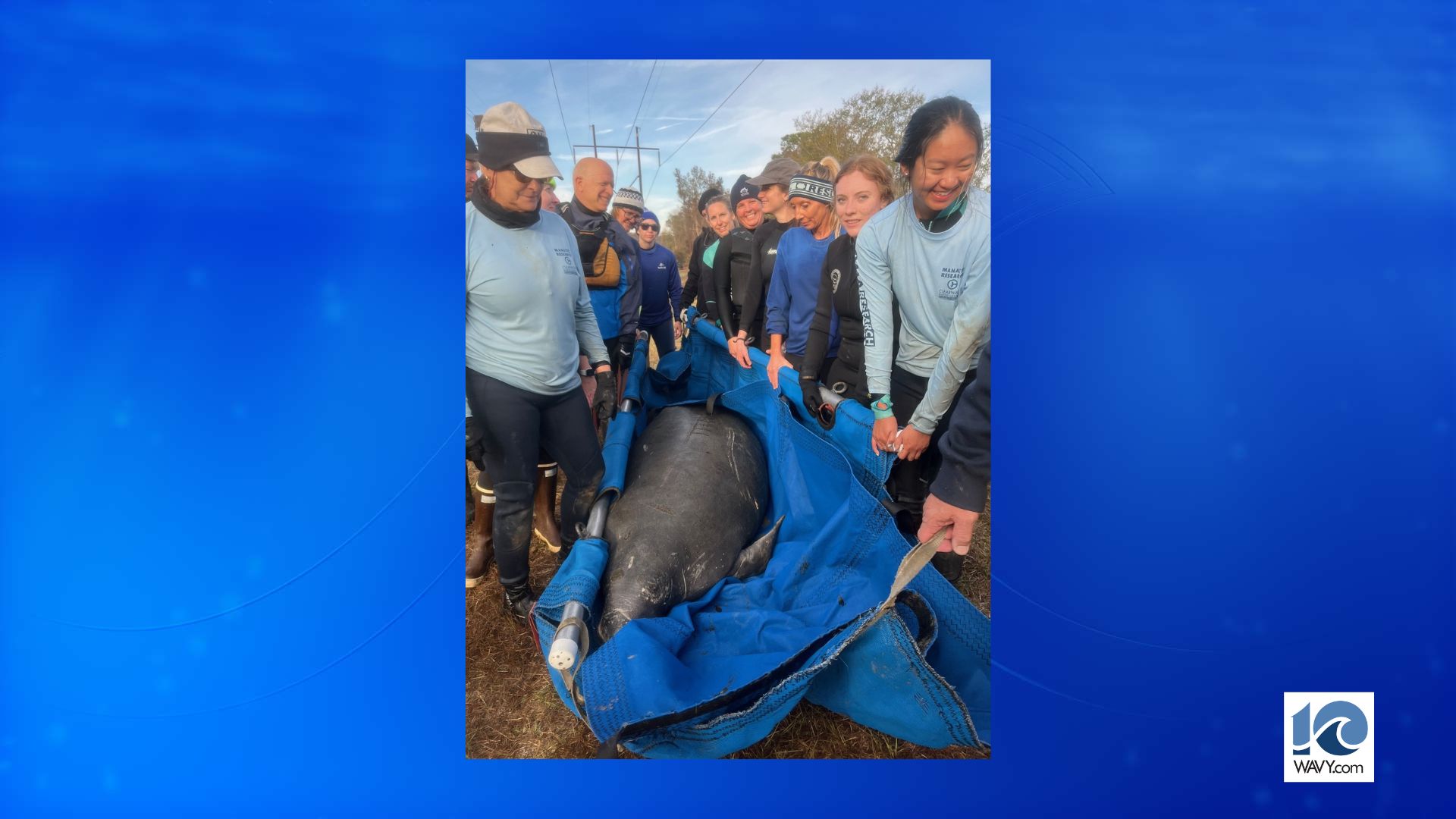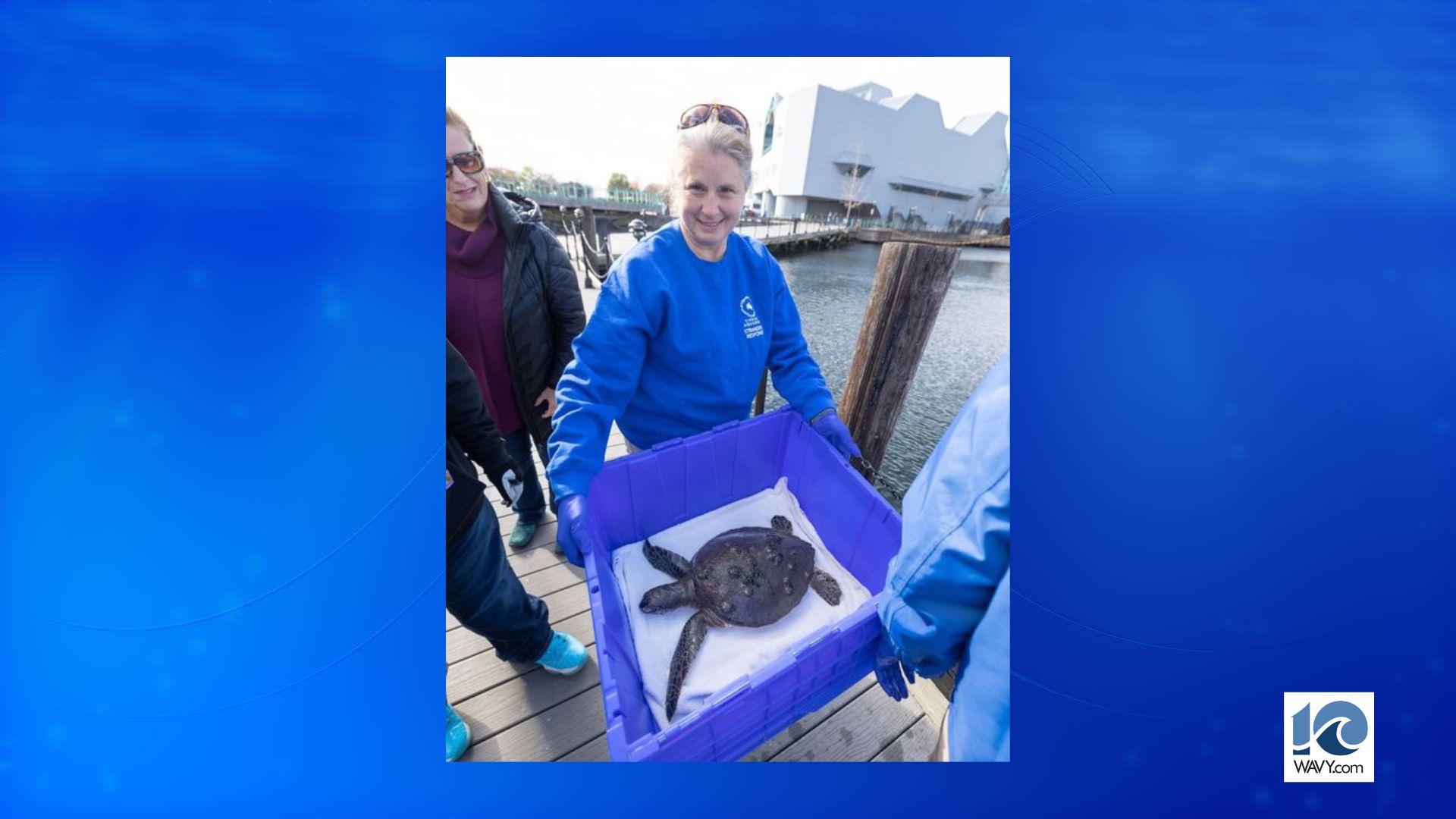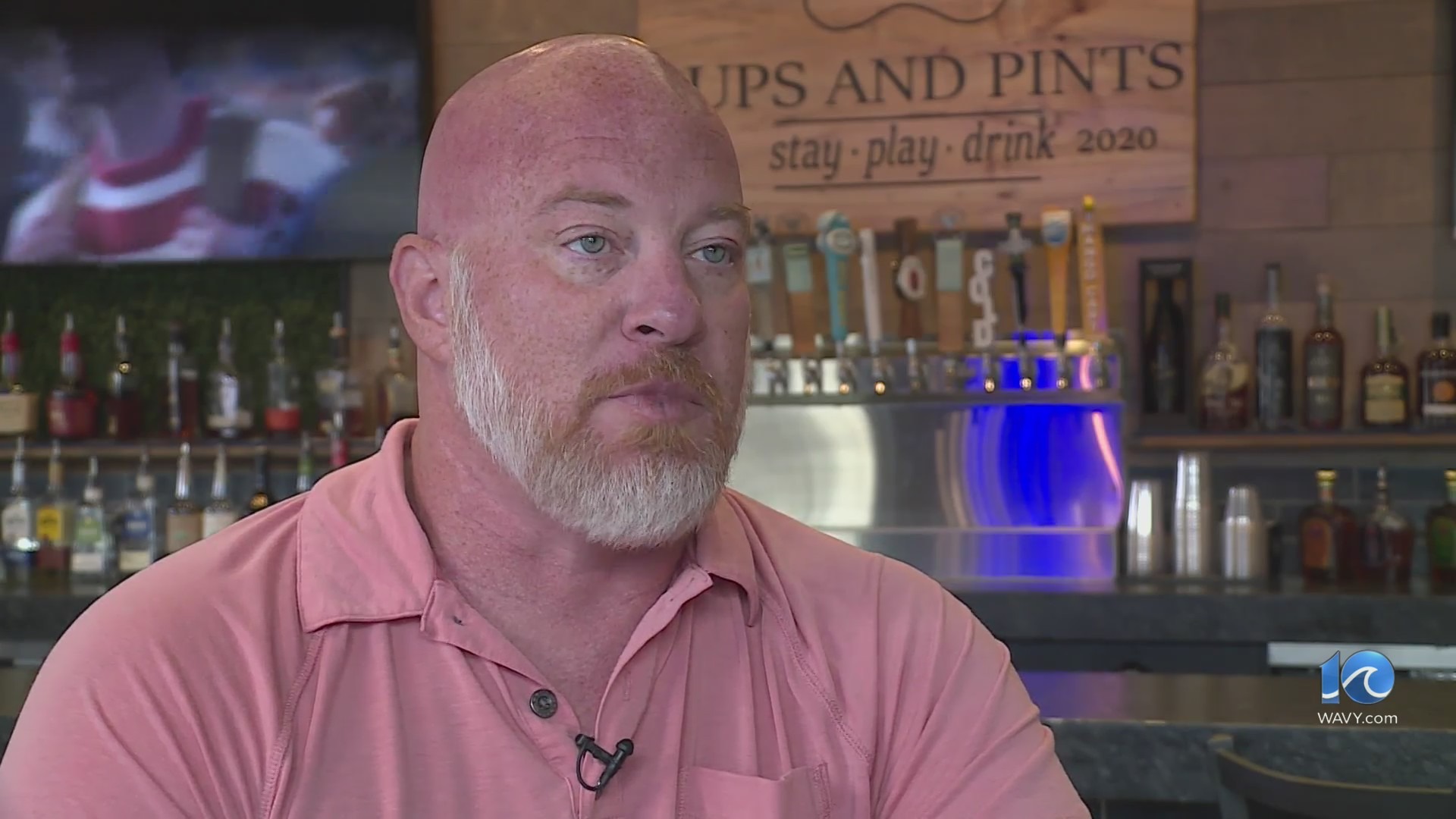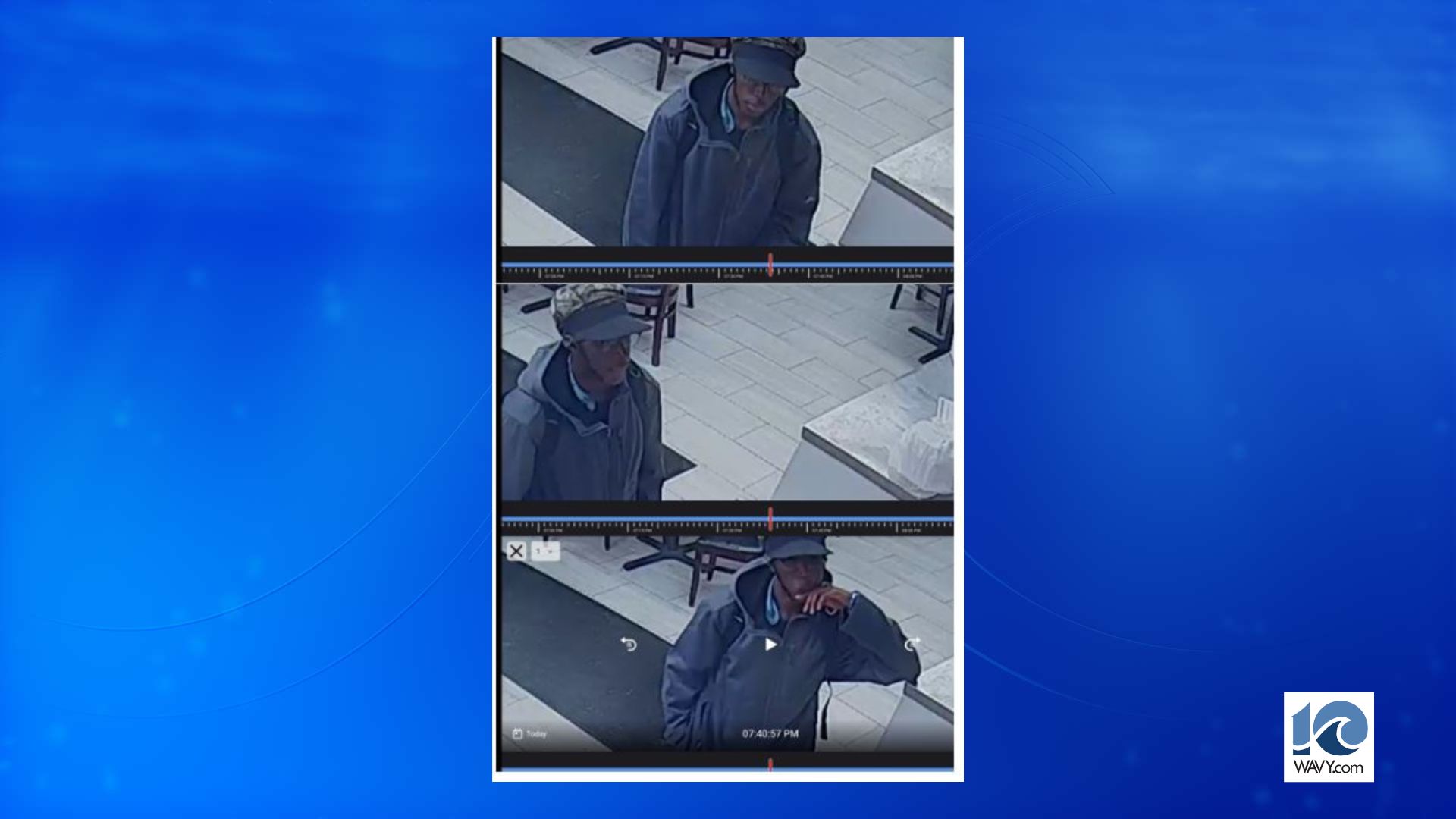BUCHANAN COUNTY, Va. (WJHL) – Six hunters in Southwest Virginia were given the chance to claim a prize few can boast in the Commonwealth – a mature bull elk.
In October, the hunters participated in the first elk hunt in the Elk Management Zone (EMZ) located in Buchanan, Dickenson and Wise counties.
Jackie Rosenberger, Elk Project Leader of the Virginia Department of Wildlife Resources (DWR), said the hunt was the opportunity of a lifetime for hunters.
Five of the hunters were selected after a lottery held earlier in 2022, and one was chosen after the Rocky Mountain Elk Foundation (RMEF) held a raffle for the last spot.
The DWR reported that the lottery winners consisted of four Virginians (one of whom was from Vansant within the EMZ), one North Carolinian (who served as an alternate for a Virginian who was drawn but did not purchase an elk license) and a hunter from New Mexico.
In total, the DWR reported 31,951 applicants threw their names into the lottery. The lottery generated more than $513,000, which the DWR states will go toward conservation efforts.
The rules of the lottery stated that one hunter had to be from the EMZ, only one of the five from the lottery could be from outside Virginia and one license was awarded through the Elk Conservation Program to the RMEF. The foundation’s raffle generated $93,000 for elk habitat work in Buchanan County and resulted in the New Mexico hunter winning the final spot.
According to Rosenberger, all six hunters were successful in harvesting their bull elk, each of which ranged from 691 to 852 pounds. Five of the elk were confirmed by tooth evaluation to be at least 3.5 years old; a lab will confirm their exact age. Thanks to a small metal ear tag on the sixth bull, the DWR was able to track his history and found him to be 11.5 years old.

The 852-pound bull, which was not the eldest, was shot by a 15-year-old hunter, Rosenberger said. The bull was an 8×9 that scored over 400 inches gross.
Rosenberger said the hunt marks a milestone in the state’s elk program. While the hunt was not held for population control, the DWR reports that the population of elk in Southwest Virginia is stable enough to host an annual harvest without halting their expansion.
Centuries ago, elk were found all across the Eastern United States, and Rosenberger said they occupied every part of Virginia except for the most coastal regions.
“When Europeans arrived, there would have been elk everywhere,” Rosenberger said.
However, by the late 1800s, elk had been eliminated in the Commonwealth due to overhunting and habitat loss. The last documented elk killed in Virginia in that century was felled in 1855.
“Hunting back then was not what it is now,” Rosenberger said. “It was a free for all.”
Virginia attempted to restore the elk population in the mid-1900s with the help of Yellowstone National Park. Unfortunately, Rosenberger said by 1970, all of those elk were gone.

“It was just a massive failure,” she said. “They didn’t know what they were doing with elk habitats then.”
In 2012, the DWR began its elk program by translocating 75 elk from Kentucky (where they had seen success) to Buchanan County. As of 2022, Rosenberger said the DWR estimated there were more than 250 elk thriving in the EMZ.
Elk hunting is described by the DWR as a “more active form of hunting compared to traditional white-tailed deer hunting,” since hunters cover tremendous amounts of ground and typically have to draw the animals in with calls.
“Traditionally, deer hunting is a lot more waiting. Elk hunting – it’s more like turkey hunting,” Rosenberger said. “There’s lots more calling, and if you call for a while in one area and don’t get anything you might move around a lot more.”
Of the six bull elk harvested, four were shot from more than 100 yards away with the longest being hit from 200.

Rosenberger said the agency already plans to hold a 2023 lottery following the success of the inaugural one.
The agency also stressed the important role of landowners in the EMZ, some of whom aided in the hunt and helped the hunters retrieve the felled elk. Rosenberger emphasized that since there is no public land currently to hunt the elk on, the participation of private landowners in the Elk Landowner License Program is crucial to the population’s success.
While private lands make up the bulk of the elk domain, Rosenberger told News Channel 11 that there is potential for them to make a home in a nearby state park.
“We actually have elk that are extremely close to Breaks [Interstate Park],” Rosenberger said.
Rosenberger said the DWR and Breaks Interstate Park are working on a 5-acre project within the park that could serve as a habitat viewing area in the future.
Presently, three public wildlife viewing shelters for elk are located on county-owned property near Southern Gap Outdoor Adventures. Those shelters offer the public an opportunity to view the elk.
While the elk have flourished within the EMZ, Rosenberger said they are only encouraged within that area. Elk spotted in neighboring Virginia counties can actually be harvested with a deer tag.
The DWR is operating under a 10-year plan until 2028 for the elk program, meaning expansion of the EMZ will not be considered until that time. If it ever were to be considered, a public engagement board would determine that based on the interests of the other counties.
For the time being, however, the elk population is doing well in the reclaimed mine lands of Buchanan, Wise and Dickenson counties. Rosenberger said elk viewing tours in the EMZ have seen great success in taking visitors by bus to see the herds. The DWR, Southern Gap Outdoor Adventures and Breaks Interstate Park all offer tours during the proper seasons.
Rosenberger told News Channel 11 that the success of the elk in Southwest Virginia is not just due to the efforts of the DWR. Partners like Southwest Virginia Sportsmen, Breaks Interstate Park, Southern Gap Outdoor Adventures, the RMEF and the Nature Conservancy have all been invaluable, she said.





































